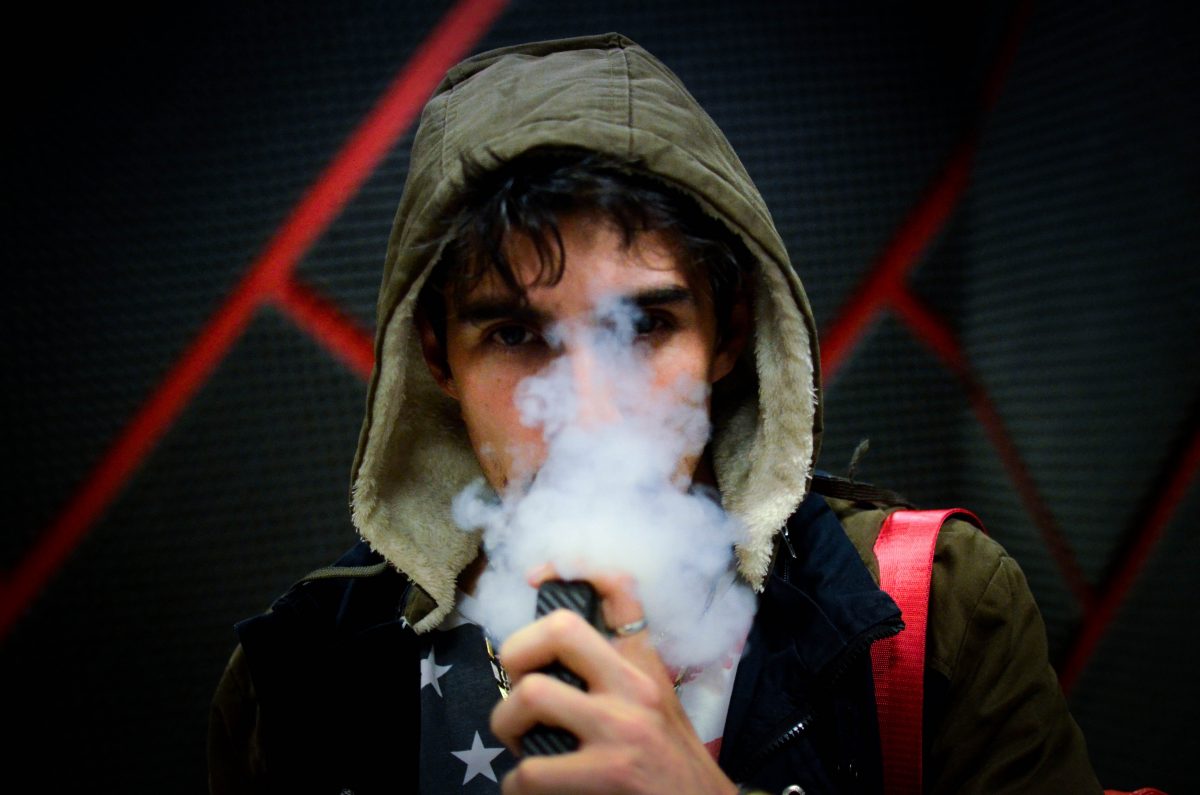Public health policy and advocacy in Colorado: A case study in tobacco and vaping
5/20/19 / Andrew Streight

In an interview with a public health practitioner recently, the interviewee noted that one of the challenges for public health is that “when we are doing our jobs well, the public doesn’t really see what we do.” This holds true for two of the roles the public often looks to public health organizations for guidance: translating research into public health policy and advocacy. When public health policy and advocacy are addressing the problem, we don’t see it.

Take, for example, the case of tobacco use in Colorado. With a strong focus on the topic through Colorado experts like the Colorado School of Public Health and Denver Public Health, smoking prevalence actually declined following the creation of public health policy initiatives like the CO Quitline, tobacco tax increase, and the passing of the CO Clean Indoor Air Act.
At the same time, however, the report from the CDPHE notes not only that tobacco will kill ~5,000 Coloradans a year, it also notes that “new products, new temptations” make the future of tobacco use in Colorado still a challenge.
Enter e-cigarettes, vaping, and the Juul. Like a stopgap in a leaking dam, while tobacco use was being addressed on one hand (relatively) by a policy-driven approach to limiting tobacco use–in large part due to the restrictions placed around when and where a person could smoke—Colorado youth in particular were beginning to use tobacco in the form of vapor at alarming rates far above the national average.
The Children’s Hospital of Colorado notes that “Teen vaping is on the rise – skyrocketing, even, at a rate far steeper than tobacco’s decline. In a national study published in December 2018, 37.3% of twelfth graders reported they’d tried vaping, up from 27.8% in 2017. And the number who’d vaped within the last 30 days nearly doubled, jumping from 11% to 20.9% in just one year.”
This is illustrative of the problems public health organizations and practitioners face generally. While they emphasize one area of ensuring positive public health outcomes through public policy, the emergence of vaping speaks to the simultaneous need for public health organizations to also be working diligently on educating about public health. See, for example, this excerpt from an article on teen vaping on the Children’s Hospital of Colorado website:
“Less than 4% of high school seniors report daily tobacco smoking this year, hardly a fifth of where that figure was 20 years ago. It’s a downward trend representing one of the most successful public health campaigns ever waged – but it comes alongside another trend, one in which many experts see tobacco’s disturbing reflection.
“It is common knowledge that traditional cigarettes are unsafe,” says pediatric pulmonologist Grace Houser, MD. “Unfortunately, there’s not the same perception about e-cigarettes.”
While the field of public health did a fantastic job educating the public about the dangers of smoking cigarettes to change public perceptions, a wholly unexpected trend started that they likely could not have predicted. The public often calls upon the experts in public health to translate research into meaningful policy and public education; a critical role for public health practitioners in our society. But, in the case of tobacco use and vaping, identifying the starting point for changing public perceptions, in retrospect, might have been most effective if it focused on the dangers of nicotine, generally, as opposed to the dangers of one form of nicotine consumption in cigarette smoke.
This speaks to the importance within the field public health for collaboration and partnership with organizations across the public and private sector. While vaping may have never been possible to catch early enough to change public perceptions, perhaps closer partnerships between public health-focused organizations in Colorado with, for example, administrators in Colorado public school systems could have helped illuminate the trend before it turned into an epidemic in Colorado.